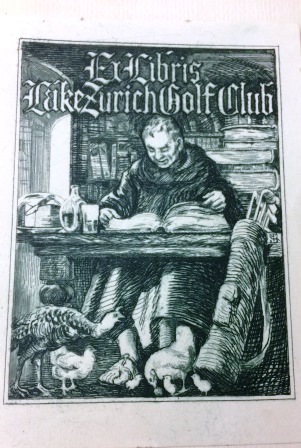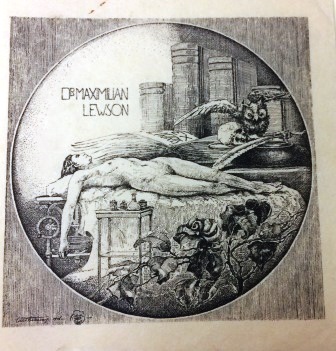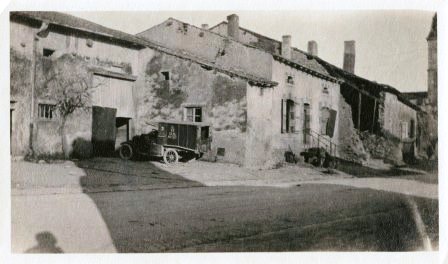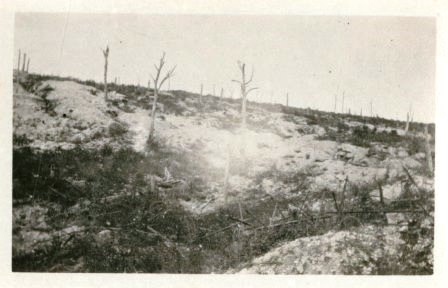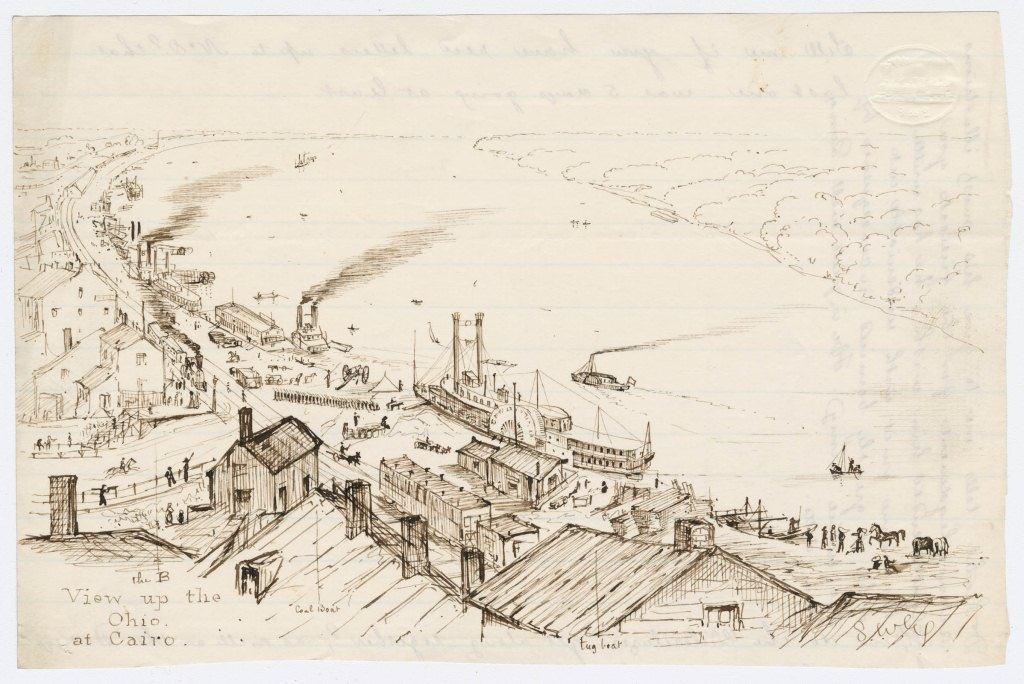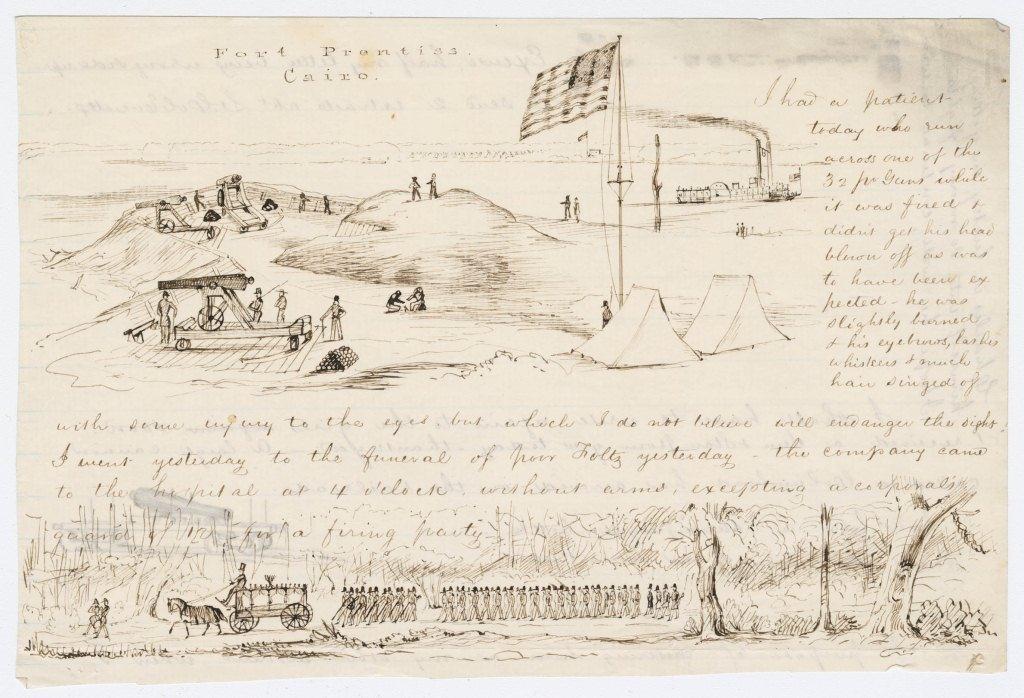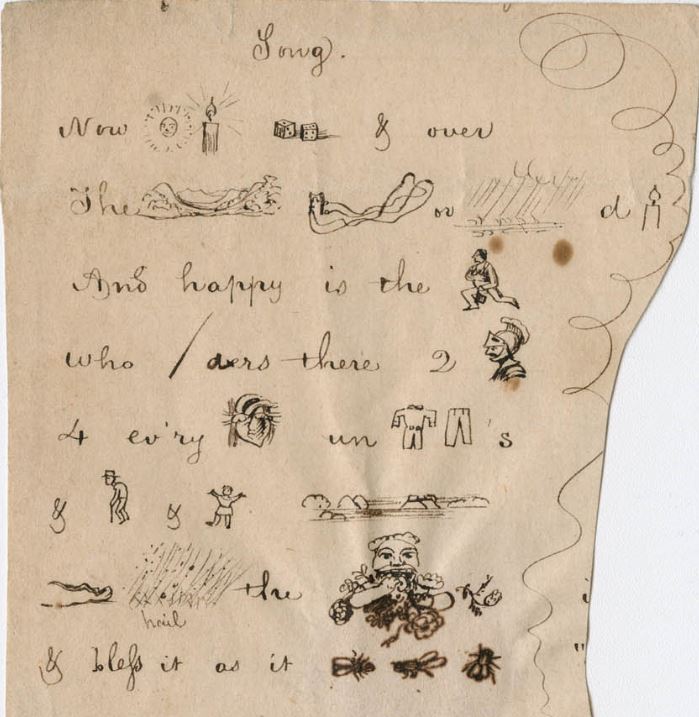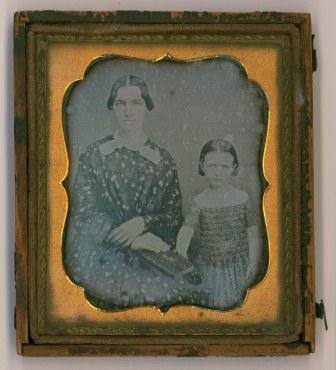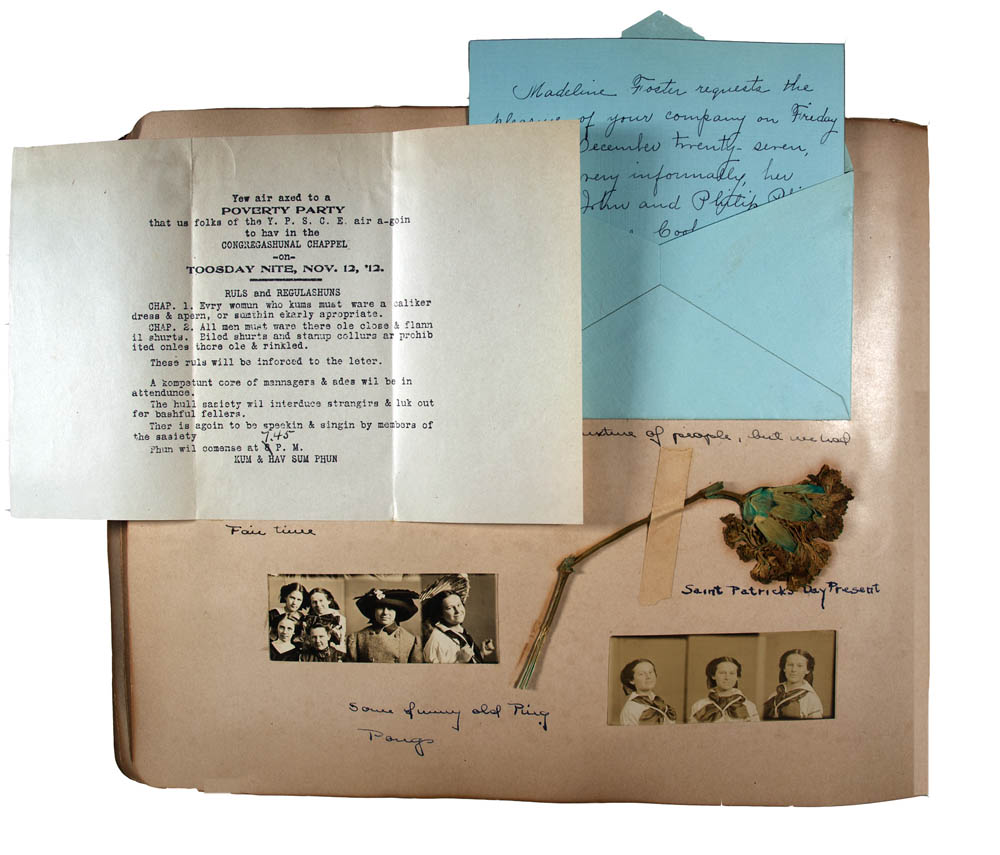by Susan Martin, Senior Processing Archivist
I’m happy to announce that the records of the First Baptist Church of Boston are open for research at the MHS. This fascinating collection consists of about 47 linear feet (over 15 shelves) of records dating all the way back to the founding of the church in 1665!
The First Baptist Church of Boston is one of the oldest Baptist churches in the country. Back in 17th-century Puritan Massachusetts, forming a new church “without the approbation of the Magistrates & the said churches” of the colony was illegal. So was Baptist doctrine specifically: anyone known to “openly Condemn or oppose the Baptizing of Infants” could be banished. In establishing their church, the founders of First Baptist were breaking the law, and early congregants were fined, imprisoned, threatened with exile, and otherwise persecuted.
The church started in Charlestown; moved to the North End, downtown Boston, and the South End; and since 1882 has been located in the Back Bay at the corner of Commonwealth Avenue and Clarendon Street, about a 20-minute walk from the MHS.
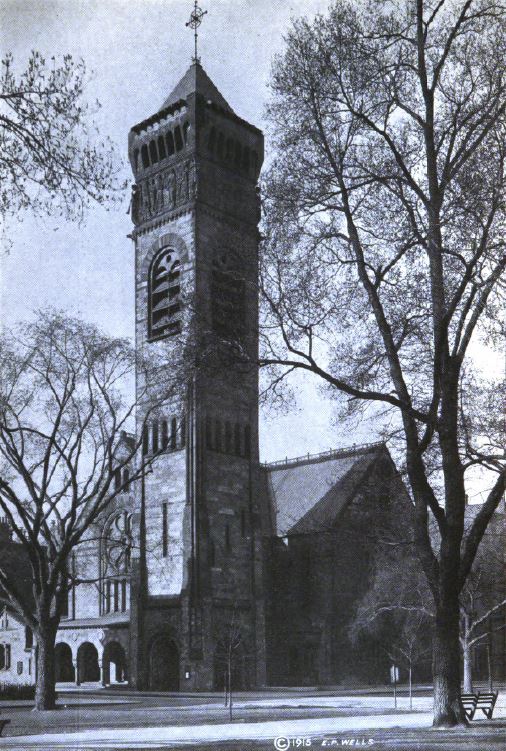
Between 1941 and 2019, the First Baptist records were held on deposit at Andover Newton Theological School. (Records on deposit are stored and cared for by an archival repository, but the donor retains ownership.) In 2019, the church deposited the collection at the MHS, but processing was held up by the COVID-19 pandemic and subsequent backlog.
In one sense, this collection was different than most collections I process because it was already arranged and described. I made some changes and encoded the collection guide for the MHS website, but could mostly work with what I had. The records include minute books, account books, reports, receipts, committee records, pew deeds, pew accounts, correspondence, congregational records, records of the Sunday School and other church groups, marriage record books, and printed material.
To introduce you to the collection, I’d like to showcase the oldest record book in the collection, a vellum-bound volume of meeting minutes dating back to the first meeting of the church on 28 March 1665.
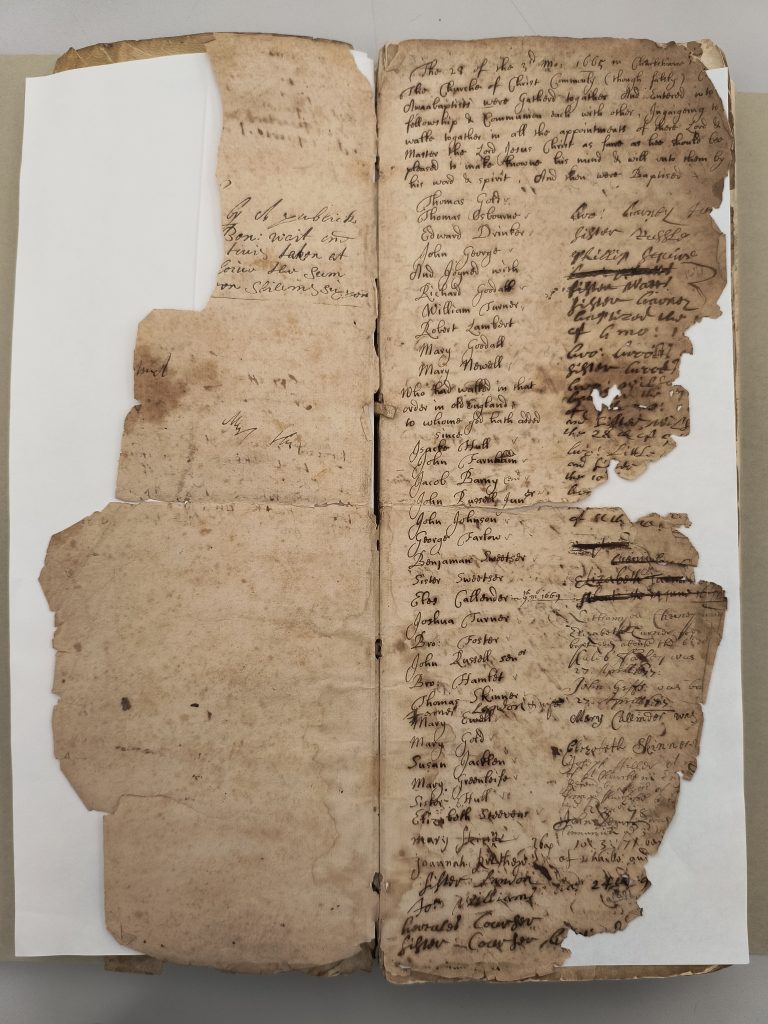
Although the volume has obviously seen better days, it’s striking to think about what exactly is documented here, the importance of this moment in the religious history of Massachusetts. The people listed on this page, “Gathered togather And Entered into fellowship & Communion each with other, Ingaigeing to walke togather in all the appointments of there Lord & Master,” were taking a real risk to practice their faith.
Another page in the same volume, dated 2 June 1776, refers to the “dispersed Condition” of the congregation and the “melancholy Situation […] occasioned by the Commencement of Hostilities by the British Troops, on the ever memorable 19. of April 1775.”
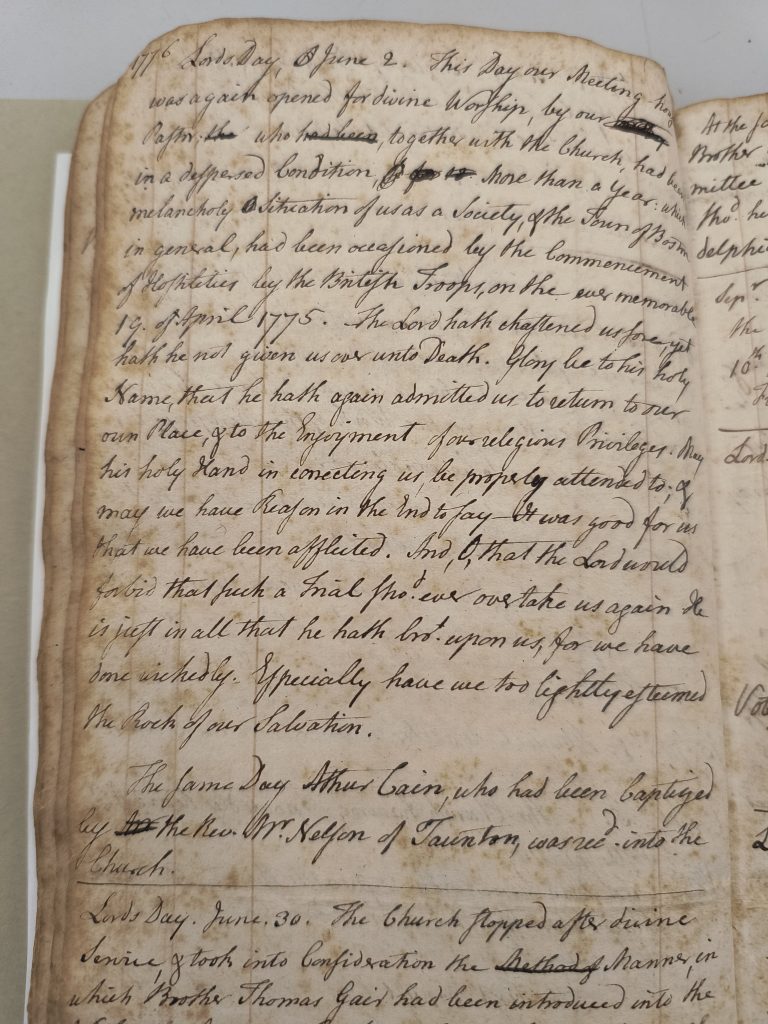
Unfortunately, many of the over 300 volumes in the First Baptist collection are fragile and/or covered in “red rot”—a sticky, rust-colored residue that comes from decaying leather bindings—so they must be handled with care. Conservation will be ongoing, but we wanted to make this collection available to the public in the meantime. Our expert librarians can assist any interested researchers in the MHS Reading Room.




















